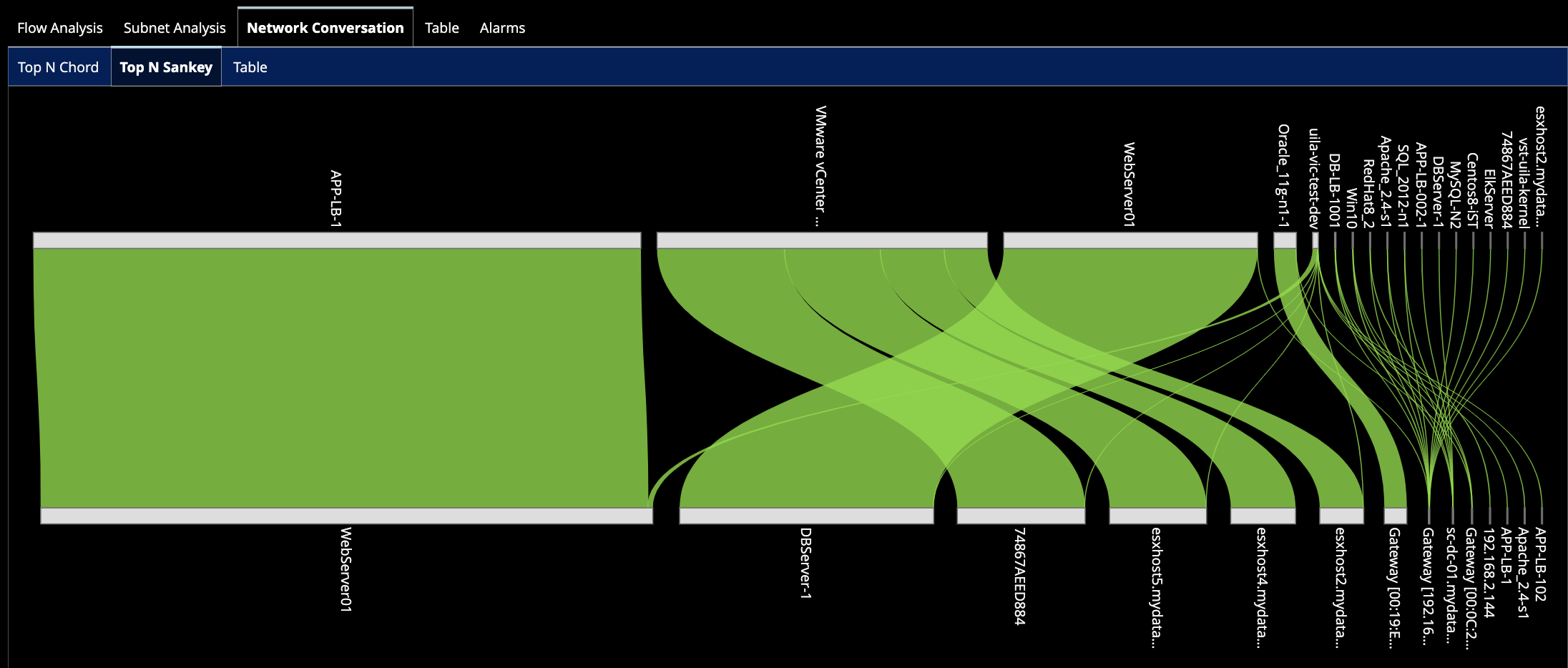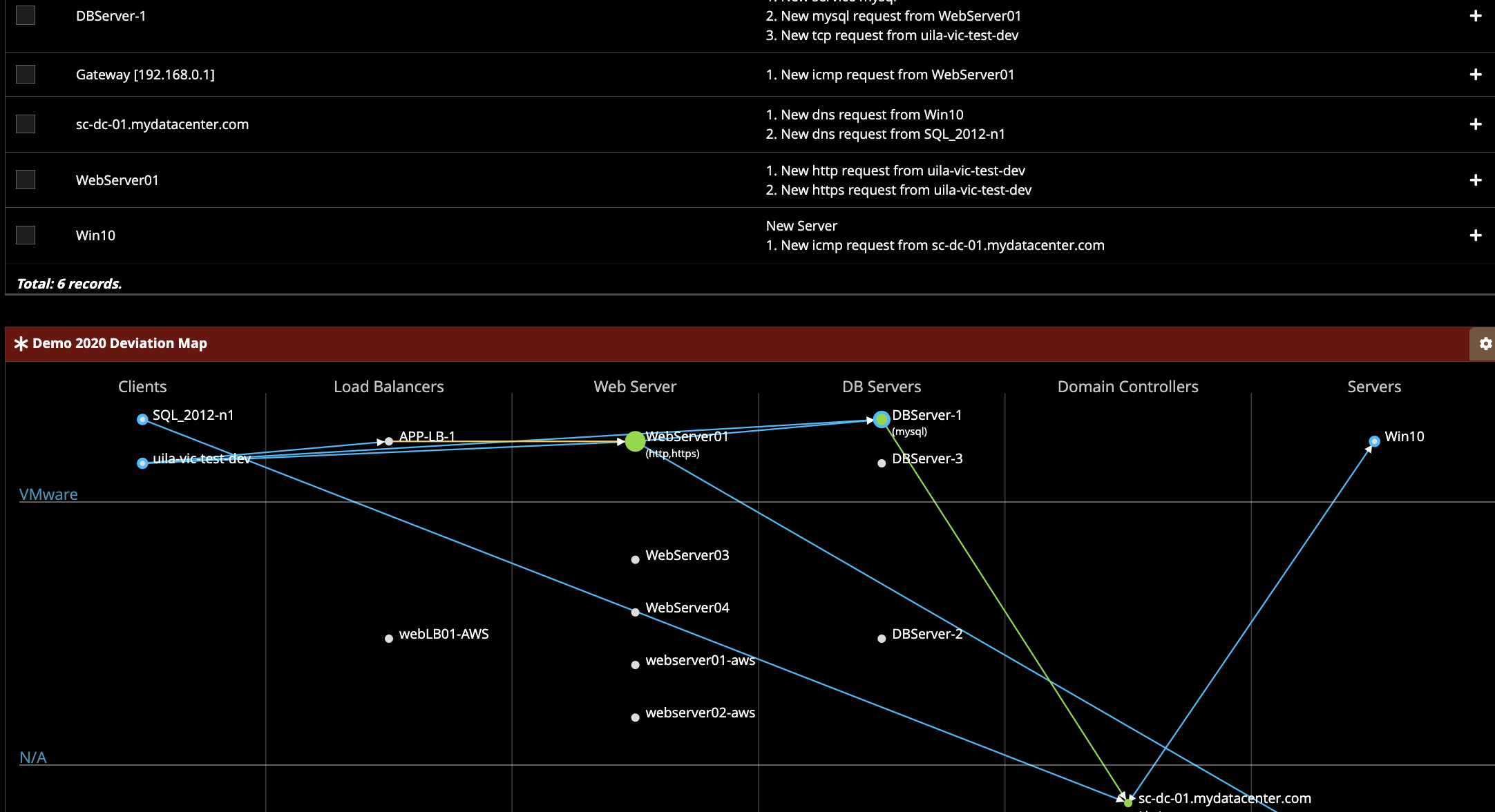In the broader network architecture, communication is not just about data going in and out of the system. It’s also how data flows within the system itself. One of the most important components of this internal data is what we call "east-west network traffic." Although a great deal of attention is paid to inbound and outbound data (north-south traffic), east-west traffic, also called the “lateral flow” of data within the network, tends to operate in the background, but plays a role especially in modern computing environments
What is east-west network traffic?East-west traffic refers to data communication between devices or servers in the same data center or cloud environment. Simply put, it is the exchange of data between servers, virtual machines, containers, or microservices within a network. Unlike north-south traffic that involves connections between clients and servers (external traffic), east-west traffic takes place primarily within the confines of a data center or cloud infrastructure.
The importance of east-west traffic-
Understanding the importance of East West traffic is important for several reasons:
- Modern architecture: Applications are becoming more decentralized with the advent of microservices, containerization and distributed systems. This architectural change increases east west traffic as parts of the application interact with each other constantly.
- Data center dynamics: In large data centers or cloud environments, where many servers and services run simultaneously, most of the network communication is between internal components. Optimizing east west traffic is important to increase overall efficiency.
- Security implications: East west traffic presents unique challenges to network security. While perimeter security systems (firewalls, intrusion detection systems) work well against external threats (north-south traffic), they are limited in terms of their scope for the lateral movement. As a result, you need specialized observability or monitoring solutions to identify those movements.
- Application Performance: Many critical applications rely on efficient east-west communication for smooth operation. Any bottlenecks or latency issues in the internal network can directly affect the performance and responsiveness of these applications.
Challenges and solutions
Managing east-west traffic comes with its own challenges:
- Visibility: Unlike north-south traffic, which passes through perimeter points, east-west traffic bypasses those checkpoints, making it difficult to track and analyze. Robust observability solutions that can capture internal traffic are needed to regain that deep visibility. The Uila uObserve solution is one such Observability solution that can provide that much-needed east-west visibility. It not only will list all the traffic, but also give information about the applications in use and the response times. This is not only helpful for troubleshooting performance issues, but also can help in specialized projects like cost estimation before you migrate your workloads to the cloud and those dependencies will exist across cloud boundaries.

- Scalability: As the size of the infrastructure increases, so does the amount of traffic traveling east to west. Scalability becomes an important consideration in ensuring that network resources can adequately handle increasing loads.
- Security: East-west traffic requires a different approach to security. Micro-segmentation, network access control, and behavior-based anomaly detection mechanisms are ways to prevent unauthorized communication. Uila’s uObserve solution provides application-centric anomaly detection, where it is identifying any changes that are occurring in the environment with regards to the introduction of new servers, services or new communication patterns.

- Application Performance: Many critical applications rely on efficient east-west communication for smooth operation. Any bottlenecks or latency issues in the internal network can directly affect performance and responsiveness. Load balancing or implementation of QoS policies will help here.
In a complex enterprise system, east-west traffic form the backbone of modern computer networks. As applications become increasingly distributed and interconnected, getting deeper visibility of data flows becomes paramount to ensure smooth, efficient network infrastructure communication.
You can try out a 21-day trial of Uila’s full-stack observability solution, uObserve, in your environment and see how you can visualize the east-west network traffic.
Subscribe
Latest Posts
- Importance of Remote End-User Experience Monitoring
- Application and Infrastructure Challenges for Utility Companies
- Troubleshooting Exchange Server Issues in Data Centers
- Importance of Application Dependency Mapping for IT Asset Inventory Control
- Navigating the Flow: Understanding East-West Network Traffic
- The imperative of full-stack observability
- What's new in Uila uObserve v5.5
- What's new in Uila uObserve 5.1?
- Most important aspect of VDI troubleshooting
- Importance of logging analysis in the Observability World




